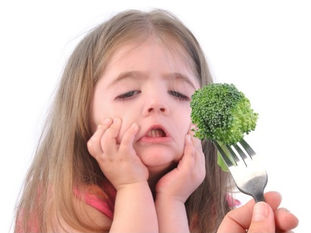
Air Quality Warnings: Safeguarding Kids’ Health as Pollution Spikes This Summer
Aug 21
3 min read
0
7
0

As summer draws to a close and families enjoy those last carefree days before school begins, air quality warnings are impacting much of the United States. From the Midwest to the Northeast, millions of Americans are currently under air quality alerts, due in part to prolonged wildfire smoke and high ozone levels. For parents, these warnings are a reminder: the air your children breathe while playing outside can carry hidden dangers, particularly during these hotter, pollution-prone months.
Why Air Quality Matters for Children
Children are more vulnerable to air pollution than adults for several reasons. Their lungs are still developing and, relative to their size, children breathe more air — and more pollutants — per minute when running and playing outdoors. Even brief exposures to elevated pollutants, such as ozone and particulate matter (tiny particles from smoke and smog), can trigger coughing, asthma, breathing difficulties, or even have long-term impacts on heart and immune health.

Emerging research shows that bad air can alter children’s gene regulation in ways that might affect their health not just now, but into adulthood. Short-term exposure can increase the likelihood of respiratory infections, worsen allergies, and trigger asthma attacks, potentially causing hospitalizations.
How to Stay Safe: Practical Tips for Parents
Monitor Local Air Quality Daily
· Use resources like AirNow.gov for real-time air quality maps and alerts. Local news and weather apps can send push notifications when air quality takes a dip.
· Get to know the Air Quality Index (AQI) color codes; “Unhealthy for Sensitive Groups”, or worse, means it’s time to reconsider outdoor plans.
Heed Official Warnings and Guidance
· When local agencies or meteorologists advise limiting outdoor activities, take it seriously — especially for children, teens, and vulnerable groups, such as the elderly or those with asthma or allergies.
· Some schools and sports leagues adjust schedules or move play indoors during poor air days. Follow their lead and even consider communicating with camp counselors your preferences about outdoor play during poor air quality alerts.
Adjust Outdoor Activities
· Schedule outdoor play for early mornings, when pollution levels are generally lowest. Avoid strenuous physical activity during peak smog hours (typically from noon through early evening on hot, sunny days).
· On days with poor air, bring play indoors or choose venues with high-quality air filtration.
Create a Safe Indoor Environment
· Keep windows and doors closed during air quality alerts to keep smoke and smog outside.
· Use portable HEPA air purifiers in common areas, and avoid indoor pollution sources like smoking, candles or frying food.
Consider Protective Gear
· If your child must go outside for longer periods, consider properly-fitted N95 or KN95 masks to help filter out harmful particles — especially during smoky wildfire episodes.
Listen to Children’s Bodies
· Pay attention to early warning signs: coughing, wheezing, shortness of breath, or complaints about chest tightness. That mean it’s time for a break indoors and possibly a call to your pediatrician.

Takeaway
Air pollution may be invisible, but its risks are real — and preventable. Stay vigilant about daily air quality, adapt your family’s routines, and protect your children’s growing lungs during these final busy days of summer break. With a few simple precautions, you can keep their memories full of fun, not smoke.
Resources






